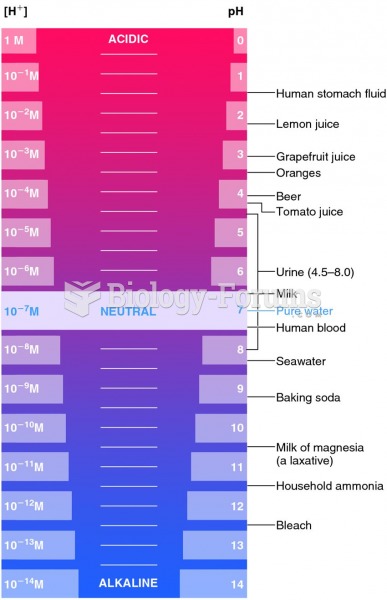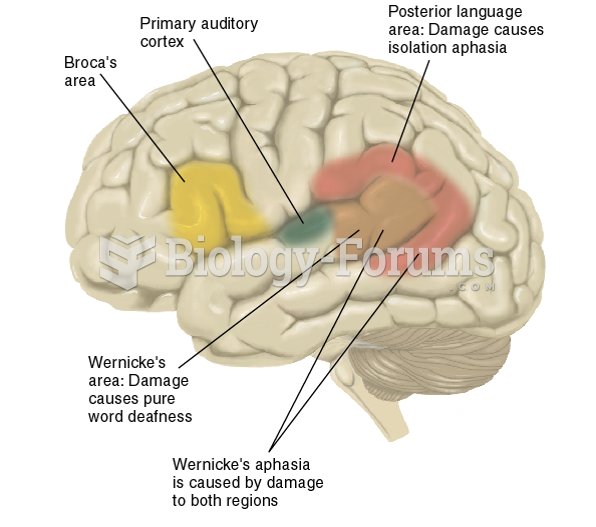Answer to Question 1
Defining the Focus: As in all scaling methods, the first step is to define what it is you are trying to measure. Because this is a unidimensional scaling method, it is assumed that the concept you want to measure is one-dimensional in nature. You might operationalize the definition as an instruction to the people who are going to create or generate the initial set of candidate items for your scale.
Generating the Items: Next, you have to create the set of potential scale items. These should be items that can be rated on a 1-to-5 or 1-to-7 Disagree-Agree response scale. Sometimes you can create the items by yourself based on your intimate understanding of the subject matter. More often than not, though, it's helpful to engage a number of people in the item creation step. For instance, you might use some form of brainstorming to create the items. It's desirable to have as large a set of potential items as possible at this stage; about 80100 would be best.
Rating the Items: The next step is to have a group of judges rate the items. Usually you would use a 1-to-5 rating scale where:
1 = Strongly unfavorable to the concept
2 = Somewhat unfavorable to the concept
3 = Undecided
4 = Somewhat favorable to the concept
5 = Strongly favorable to the concept
Notice that, as in other scaling methods, the judges are not telling you what they believe; they are judging how favorable each item is with respect to the construct of interest.
Selecting the Items: The next step is to compute the intercorrelations between all pairs of items, based on the ratings provided by the judges. In making judgments about which items to retain for the final scale, there are several analyses you can perform:
Throw out any items that have a low correlation with the total (summed) score across all items.
For each item, get the average rating for the top quarter of judges and the bottom quarter. Then, do a t-test of the differences between the mean value for the item for the top and bottom quarter judges. Higher t-values mean that there is a greater difference between the highest and lowest judges. In more practical terms, items with higher t-values are better discriminators, so you want to keep these items.
Administering the Scale: You're now ready to use your Likert scale. Each respondent is asked to rate each item on some response scale. For instance, respondents could rate each item on a 1-to-5 response scale where:
1 = Strongly disagree
2 = Disagree
3 = Undecided
4 = Agree
5 = Strongly agree
Answer to Question 2
A
A







